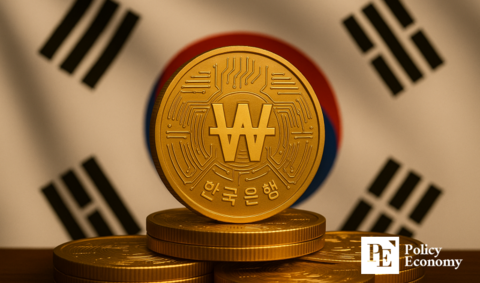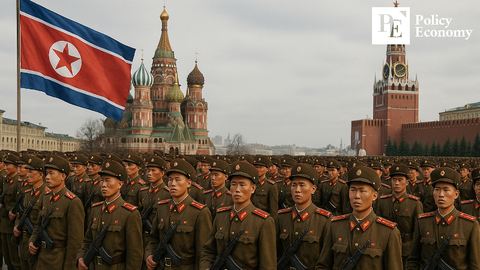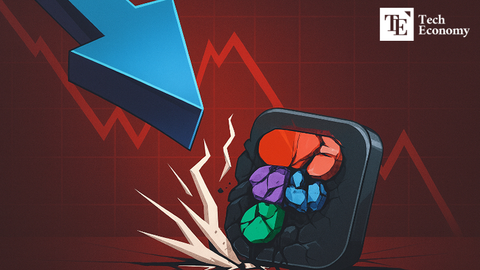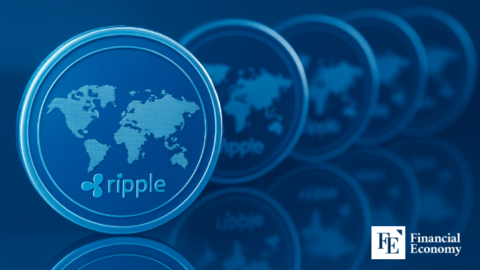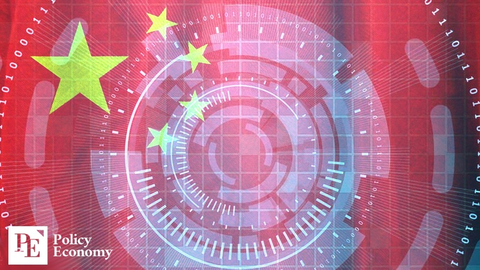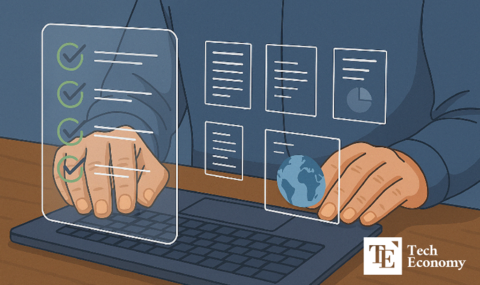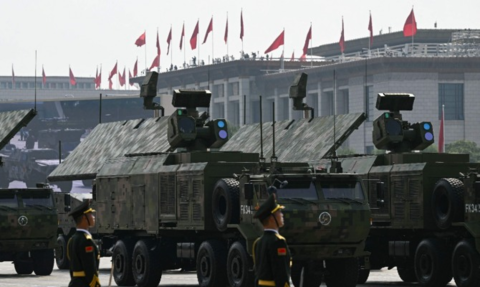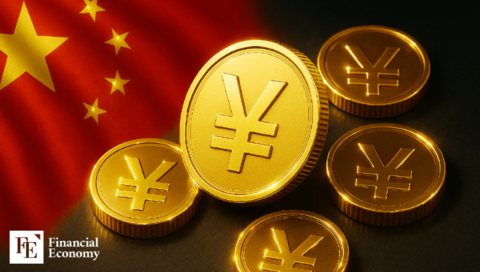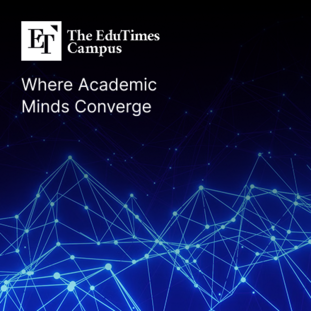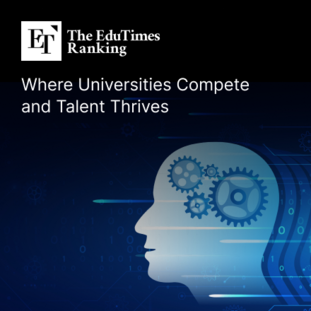From Prompts to Portraits: How ChatGPT’s Ghibli-Style AI Art Became a Viral Phenomenon
Input
Changed
Ghibli-Style Magic: AI Meets Artistic Whimsy Access Barriers: The Plus Plan Divide Collaborating with Creativity: A New Kind of Artistic Process
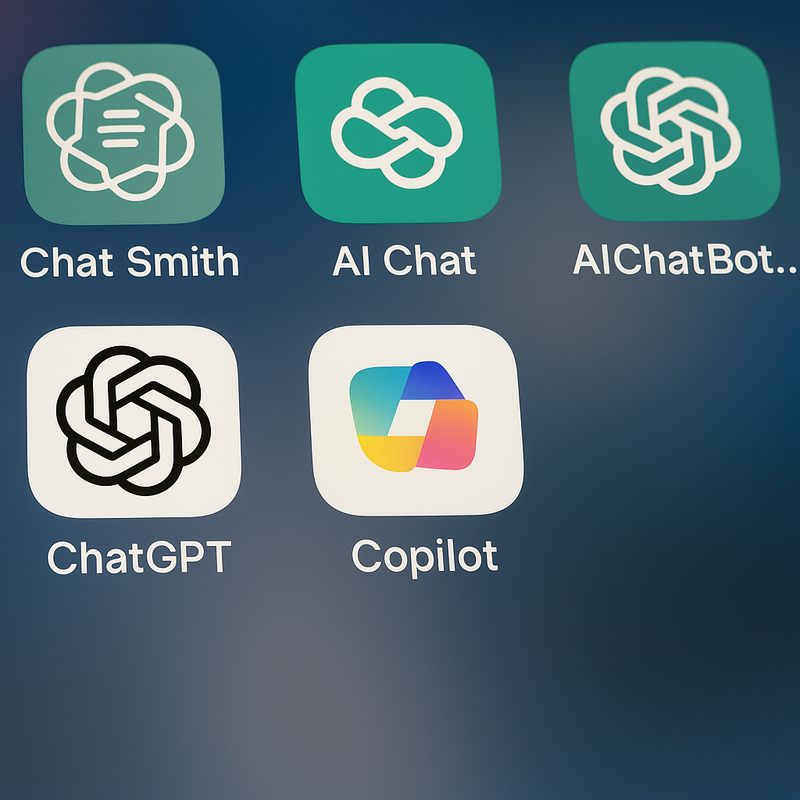
Ghibli-Style Magic: AI Meets Artistic Whimsy
The latest update to ChatGPT has set the internet abuzz, sparking a viral craze with a flood of Ghibli-style portraits, as GPT-4o continues to push the boundaries of artificial intelligence. This exciting new feature is not only a major leap forward for AI technology but also an unexpected marketing move for OpenAI. In a short amount of time, this new capability has generated significant attention and sparked widespread enthusiasm from users around the globe. It’s proving to be a clever way to showcase the potential of the GPT-4o model and how AI can seamlessly integrate with creativity.
OpenAI’s decision to add an image-generation tool to the ChatGPT platform has been met with excitement and surprise. The ability to create images in the style of Studio Ghibli, the legendary Japanese animation studio known for its whimsical art and beautiful landscapes, has captivated audiences across social media platforms. What started as a simple tool has quickly turned into a viral sensation, drawing attention from millions and making ChatGPT’s latest upgrade a major talking point in the world of artificial intelligence.
As users across the world began experimenting with the new feature, social media platforms exploded with posts of Ghibli-inspired portraits, characters, and scenes. The unique, dream-like art style that Ghibli is known for became a perfect canvas for users to explore the creative possibilities of AI art. ChatGPT’s ability to generate these visually stunning images, simply by providing a prompt, has turned heads and sparked conversations on the future of AI-generated artwork.
This move to integrate AI image generation into ChatGPT’s ecosystem is a perfect example of how OpenAI is pushing the boundaries of what artificial intelligence can do. In many ways, it has turned the platform into more than just a conversation tool—it’s now a space for creative expression, where users can generate artwork that matches their vision, whether for personal use or public sharing.
The integration of AI-generated images directly into ChatGPT is a game changer. Previously, users needed to rely on third-party applications or separate AI tools to create custom artwork. Now, with the latest update, image generation is directly accessible through the platform. This makes it easier for users to experiment with and personalize their creations, all within the familiar ChatGPT environment.
One of the most striking aspects of this new tool is its accessibility. OpenAI has made it relatively easy for users to access AI-powered image generation without requiring any specialized skills or technical knowledge. Whether you’re an artist looking to explore new concepts or someone with a simple idea in mind, ChatGPT now allows you to generate images quickly and with minimal effort.
For example, users can now input prompts describing their desired visual style—whether they want something whimsical, fantastical, or realistic—and ChatGPT will deliver a corresponding image. The integration with GPT-4o makes the entire process seamless, as the AI draws from its vast understanding of art, culture, and design to create images that closely align with the user’s vision.
OpenAI’s decision to bring this tool to ChatGPT’s platform reflects its ambition to make AI technology more accessible to the general public. By integrating image generation directly into the chat interface, users can experience the power of AI art in real-time, without needing to navigate through complicated workflows or separate tools.
While the new feature has received widespread praise, it hasn’t been without its challenges. One of the key limitations of the rollout has been its availability to free users. OpenAI has made the image-generation feature available primarily to users who subscribe to the paid ChatGPT Plus plan. This means that many free-tier users have had to wait for access, which has caused some frustration among those eager to try out the new AI capabilities.
For those who do have access to the feature, the process is fairly simple: input a prompt, receive an image, and then tweak it to suit your specific needs. However, the delayed rollout for free users has caused some backlash. For many, the excitement around the new feature quickly turned to disappointment when they realized they would need to wait for access. This restriction has highlighted the growing divide between paid and free users within the ChatGPT ecosystem, with some questioning whether the premium features should be available to all users, especially given the current surge in interest.
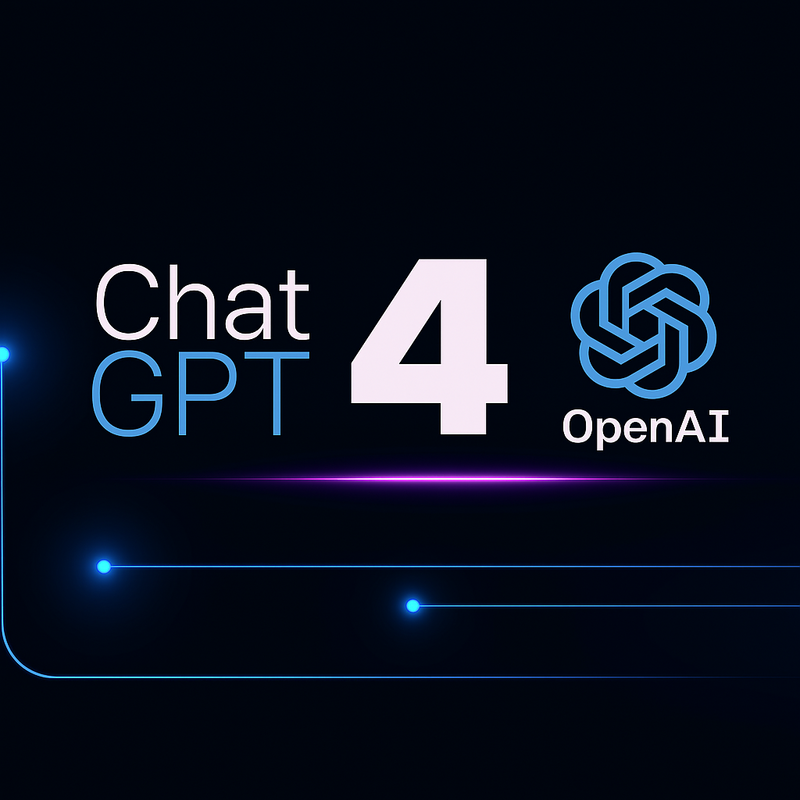
Access Barriers: The Plus Plan Divide
Despite the limitations for free users, the paid version of ChatGPT offers significant enhancements for those who want to take full advantage of the new AI image-generation capabilities. Subscribing to the Plus plan unlocks the ability to use GPT-4o, which powers the image generation tool. This tier also provides access to higher-quality images, faster processing times, and more customization options.
For many users, this means that paying for the premium version is the only way to fully experience the cutting-edge capabilities of the latest AI tool. As expected, this has sparked a conversation about the value of premium subscriptions and whether these tools should be available to everyone, especially when it comes to groundbreaking innovations in artificial intelligence.
One of the ways to maximize the potential of the new AI image generation tool in ChatGPT is to download a free image, use it as a base, and then tweak it to meet personal preferences or specific standards. For example, users can create an image in the style of Studio Ghibli, but with a personalized color palette or subtle stylistic adjustments that make it truly their own.
This idea of using a free image as a starting point for further modifications offers a more creative and flexible way to engage with AI-generated art. While ChatGPT may provide a striking base image, users can push their creativity further by adjusting the colors, textures, or elements within the image. This ability to refine and adapt AI-generated content adds a new level of customization to the creative process, allowing for endless possibilities.
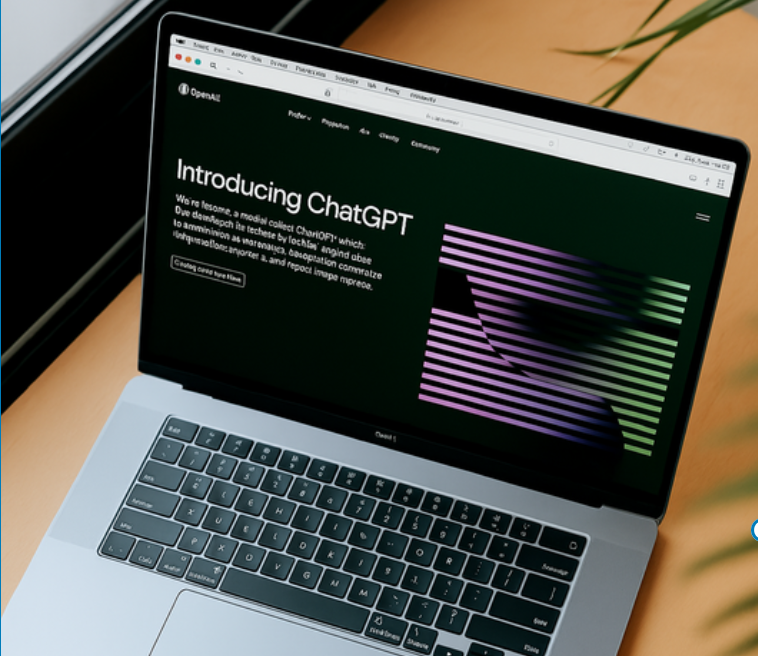
Collaborating with Creativity: A New Kind of Artistic Process
This aspect of the tool allows for greater artistic expression while utilizing the power of AI as a foundation. It shows that the tool isn’t just about generating finished products but also about enabling users to engage in a creative process that feels more like collaborating with the AI rather than just asking it to create something for them. Whether it's altering the colors of a Ghibli-style portrait or experimenting with different artistic styles, the possibilities are virtually limitless.
As the internet continues to explode with Ghibli-inspired portraits, the excitement surrounding this new feature is not likely to die down anytime soon. In fact, the integration of AI art into ChatGPT may be just the beginning of a new era of creativity powered by artificial intelligence. From personal art projects to professional design work, AI-generated images are poised to become a major force in various creative industries.
The success of this new tool also marks a significant milestone in the development of ChatGPT itself. While the platform was originally designed as a conversational AI, its ability to integrate creative tasks, such as image generation, opens up a wealth of possibilities for future updates. As AI continues to evolve, it’s likely that tools like ChatGPT will become even more sophisticated, offering users the ability to generate a wider range of creative content, from music to animations and beyond.
The viral success of the Ghibli-style portraits, combined with the growing interest in GPT-4o, signals that AI’s role in creative fields is only going to expand. As more users gain access to these tools, the line between human and machine-generated art will continue to blur, leading to new forms of artistic collaboration.
The latest update to ChatGPT, which enables users to create stunning Ghibli-style portraits with the help of GPT-4o, has already proven to be a viral success. By integrating AI image generation directly into the platform, OpenAI has made it easier than ever for users to explore their creative side and experiment with new forms of artistic expression. However, as expected, the feature’s availability is currently limited to paid subscribers, which has sparked some frustration among free users.
Despite these limitations, the ability to generate AI art in real-time is a significant leap forward for both ChatGPT and artificial intelligence in general. With this new tool, users can transform simple prompts into stunning visual artwork, all within the familiar ChatGPT environment. As AI continues to evolve, it’s clear that the creative potential of ChatGPT and similar tools will only grow, reshaping the way we think about art and creativity in the digital age.

